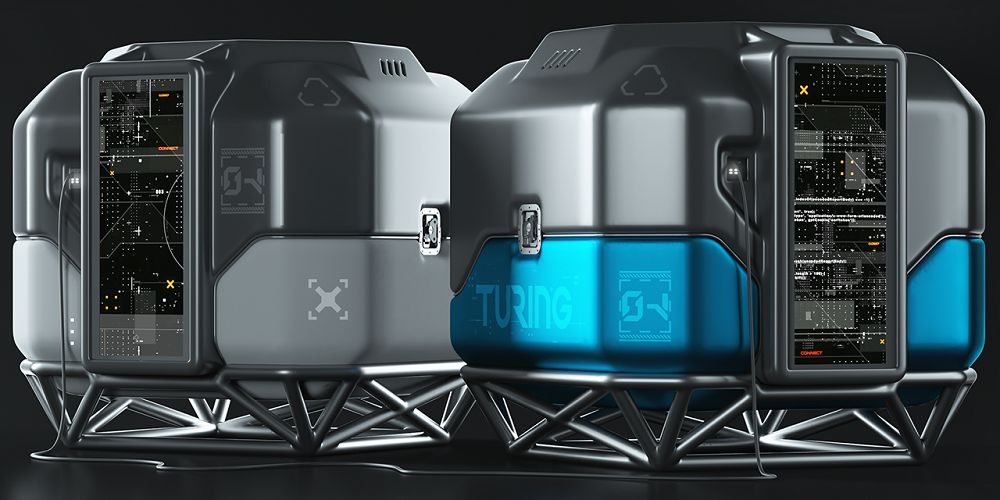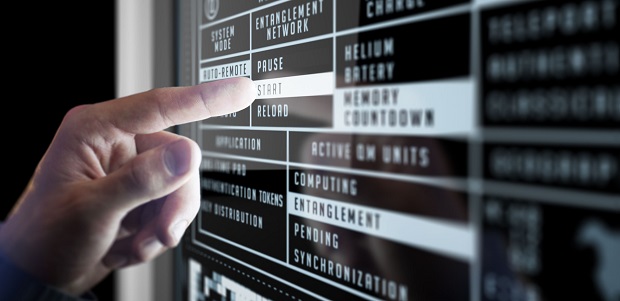Below is our recent interview with Robert Hoenig from Turing:
Q: For those who have never heard of it, how would you describe Turing?
A: Turing’s technology rests on a breakthrough in the way quantum entanglement is stored.
This led to a bold vision for distributing quantum computation (XGR-1 chipset inside the QuBEs) as a
utility to be used like a battery. Turing QuBes keep these fragile quantum states alive, without the
conventional need for near-absolute zero temperature. Turing’s mission is to distribute quantum
entanglement, empowering end-users with the ability to run secure authentication protocols over sensitive security and data applications.
Turing QuBes are akin to wifi. Like a wifi box, they are designed to be portable and accessible over a network, where end-users can access them. Our recharging model is similar to that of electric cars. As users drive up the volume of QuBEs and the network increases in scale, users enable a kind of “Turing quantum Moore’s law”; where end-users cause future iterations of the QuBEs to decrease in size. The more QuBEs in the network, the more bandwidth for computation users have access to.
When the QuBE is charged, our network users hold application tokens for running secure data protocols. You can connect to any other member in the Turing network of QuBEs to run a protocol. There is no time limit on when or where you can run a secure authentication session.
To better understand our picture of distribution and reusability, think of the old Netflix model, when you return the QuBE(s) we re-charge it like a battery for you. Ultimately, our vision is to set up QuBE charging stations similar to how the utility exists for electric cars.
 Recommended: How Do Lawyers Argue Against Insurance Companies
Recommended: How Do Lawyers Argue Against Insurance Companies
Q: Why is it important?
A: Fault-tolerant and secure communication in a post-quantum computer data environment is essential in order to secure all existing data processes. A charged QuBE enables a resource state to run secure protocols, providing users with the ability to protect transactions. Eventually, all data exchange and storage processes will be unsecured without quantum security.
Q: Tell us something more about XGR-1?
A: XGR-1 is Turing’s first generation chipset. It is designed to store compute capacity for communication that is more secure than today’s internet. It is the chipset that lives inside of the QuBEs.
Q: What were the main challenges you faced in developing the company?
A: We have quantum error correction technology available. This is essential for quantum technology but can’t run on the size of the machines being built today because those have low qubit counts.
 Recommended: Tech Startup Index Helps You Visually Build Your Own Beautiful Dashboards With The Tools You Already Use
Recommended: Tech Startup Index Helps You Visually Build Your Own Beautiful Dashboards With The Tools You Already Use
Q: What’s your revenue model? How are you funded?
A: We will have a three-factor pricing model. This depends on the customer’s distribution layout, resource state-usage, and charge-time. It will vary as a function of customer plans for use. For example, a bank might have a different intraday demand profile compared with an insurance company. In order to determine specific demand, there will be a support component for customers.
Q: What can we expect from you in 2021? What are your plans?
A: We are setting up 2023 sign-ups in order to plan distribution channels.
Activate Social Media:


